How to make a Van Halen Jump-style synth sound
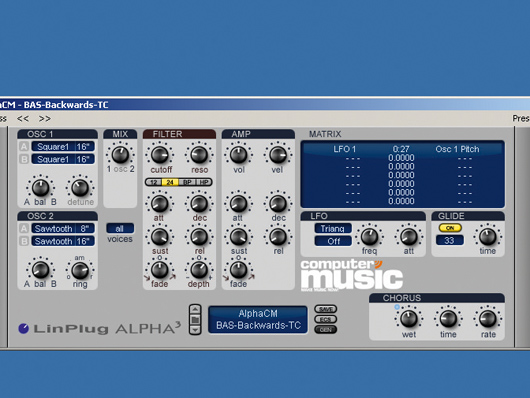
Getting started
Step 1: Love it or hate it, the synth sound from Van Halen’s Jump is something of a classic. It’s also been a staple of synthesizer factory preset banks for decades. If you don’t have the sound on hand, though, it’s easy to create using any decent analogue soft synth, including AlphaCM, which is included on our sister magazine Computer Music’s cover DVD every month.
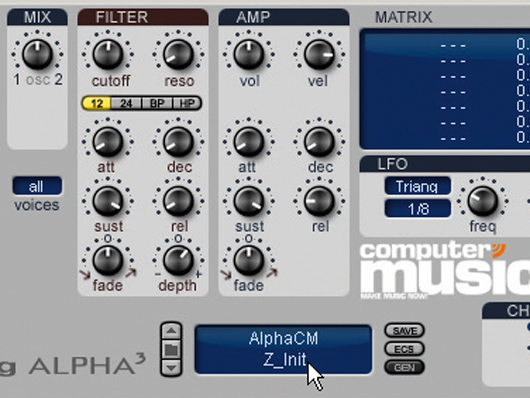
Initialising the synth
Step 2: The original OBXa sound is essentially a classic Oberheim analogue brass sound. Like the OBXa itself, it’s big, brash and actually quite simple. We could start with a brass patch, but creating one from scratch will give us a better understanding of the synthesis behind it. Call up the Z_Init patch from AlphaCM’s factory presets. Not terribly interesting, is it?
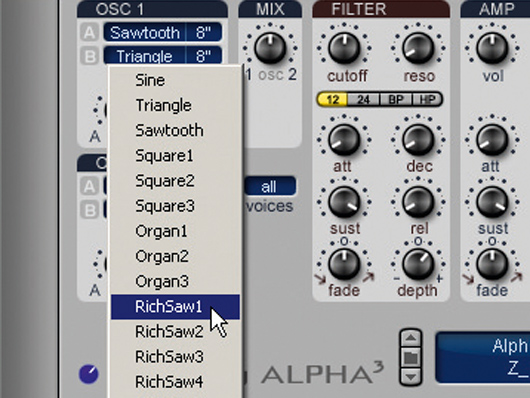
Choosing the waveforms
Step 3: Like the OBXa, AlphaCM offers a pair of oscillators and a switchable filter slope. Unlike the Oberheim, though, it also offers a whole slew of waveforms to play with, including a wide variety of sawtooth waves, similar to those used in the Jump sound. OSC 1 already has a sawtooth in place as its A wave – let’s stick another into the B slot. Select RichSaw1 from the Waveform menu.
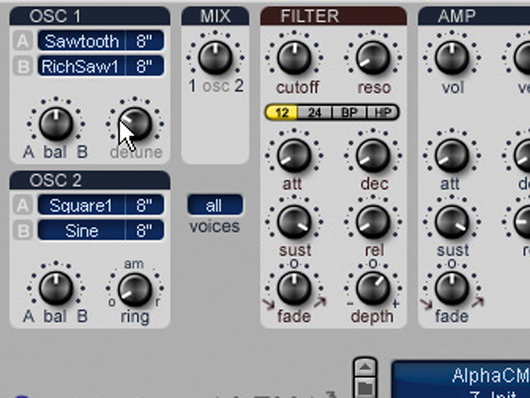
Detuning and Oscillator 2
Step 4: It’s still not very inspiring, so we need to fatten things up a bit. Try turning OSC 1’s Detune knob up to, say, the ten o’clock position. That’s a little better, but it still isn’t going to convince the guitarist in your band! Maybe we need to get Oscillator 2 into the game – currently it’s producing a square and a sine wave, neither of which are right for our patch.
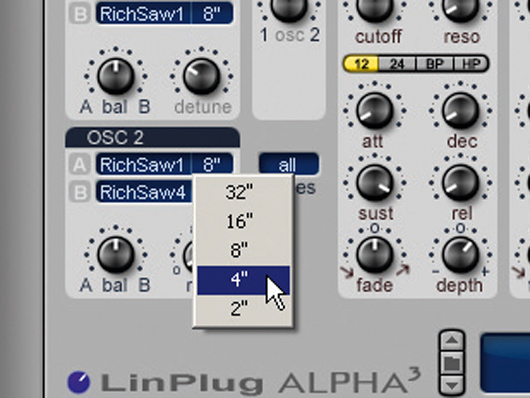
More sawtooths
Step 5: Again, we want to use sawtooth waveforms, since they offer a buzzy, harmonically rich tone that’s good for brass sounds. Select RichSaw1 for the A wave and RichSaw4 for the B wave. Because we have two instances of RichSaw1, it just makes it seem louder. Try increasing the Range value to 4”.
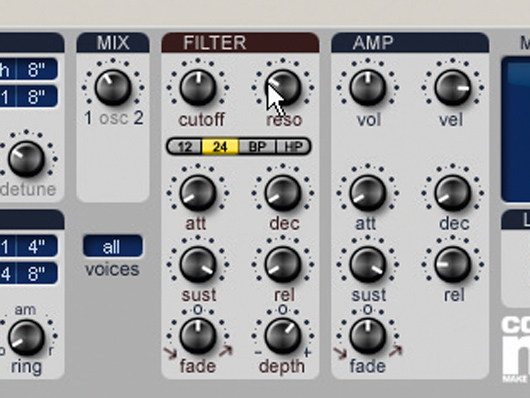
Filtering
Step 6: Next, adjust the Mix value so that it favours Oscillator 1 a bit. It’s time to move on to the filter. The Oberheim OBXa offered both 12dB and 24dB filter slopes, and so does AlphaCM. For our purposes, let’s go with the 24dB. We should also give the Resonance dial a nudge, so set it to around the ten o’clock position.
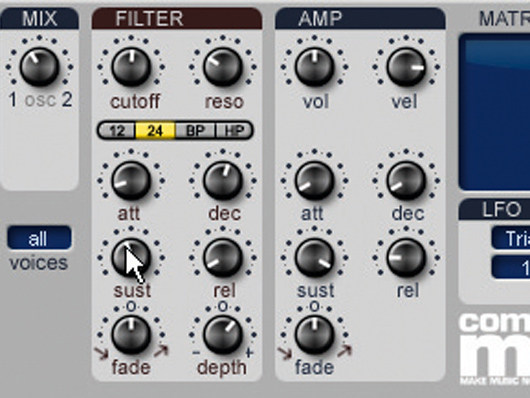
The filter envelope
Step 7: The filter envelope defines much of the character of a brass patch – it’s a little slower to open up than the envelope assigned to amplitude. Increase the filter envelope’s Attack setting ever so slightly. Now, bring the Decay up to just past the halfway mark, and decrease the Sustain parameter to just below halfway.
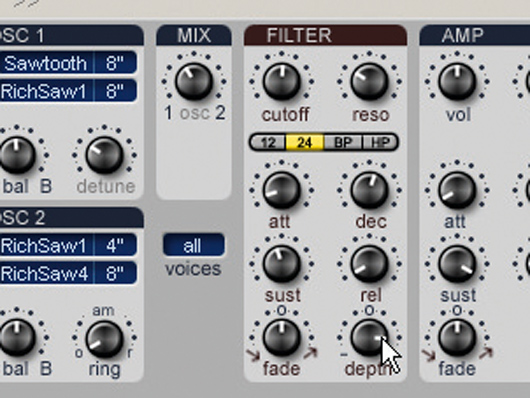
Playing the sound
Step 8: Play a chord to hear the results – we suggest using the notes G, B and D in the fourth octave. We’re almost finished! We need to modulate the filter a little more with the envelope, so give the Depth knob a shove. That’s more like it! Try playing the riff from Jump using this patch, and you should find that it’s pretty close!
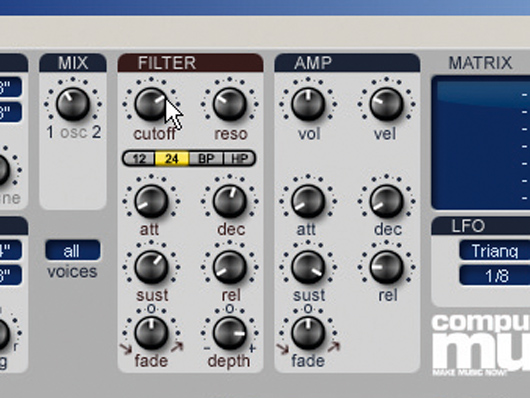
Finishing off
Step 9: For the final touches, reduce the velocity control over the amp a bit, and add a bit of chorusing to the patch. You might also want to increase the Cutoff just a touch for a bit of top-end sizzle. Now save the patch, grab your spandex pants and bandana and head for the nearest arena.
Computer Music magazine is the world’s best selling publication dedicated solely to making great music with your Mac or PC computer. Each issue it brings its lucky readers the best in cutting-edge tutorials, need-to-know, expert software reviews and even all the tools you actually need to make great music today, courtesy of our legendary CM Plugin Suite.
